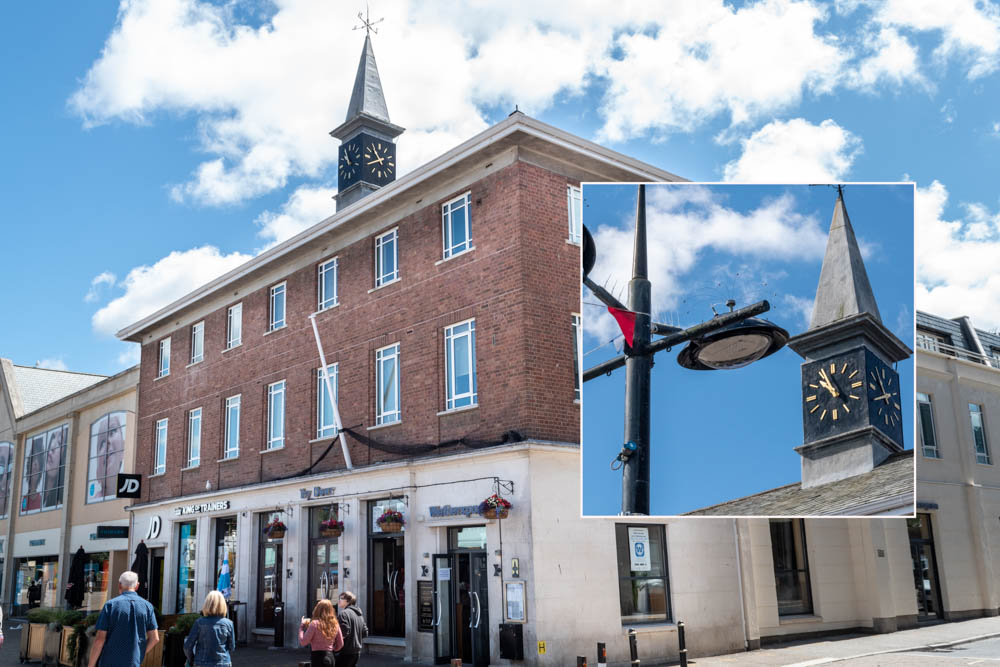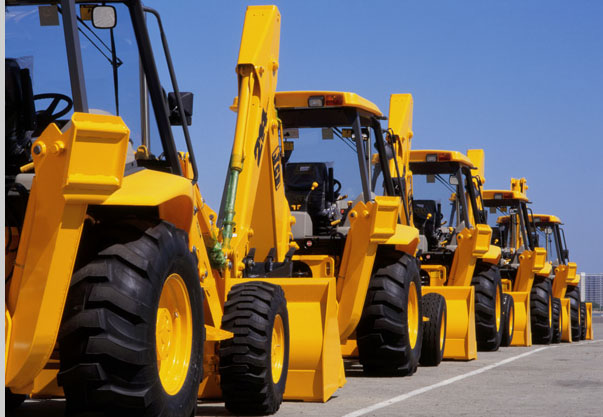An undershot at the future!
Could Truro’s future energy needs be partly generated by calling on one of the wonders of past times?
Truro lies in a delta – a meeting place between the sea and the rivers which spring from high moors in the heart of Cornwall. In its past, when it was self-sufficient, making paper, carpets, and leather, and exporting tin and copper through its international port using materials, Truro used its rivers to produce energy. In its mercantile heyday Truro was known for its undershot waterwheels – that is wheels turned by the force of flowing water, and not, as elsewhere in
Cornwall, by water dropped onto the wheel from above.
Waterwheels are one of the most widespread and ancient means of generating power. It is quite possible that they were used in ancient Cornish mining operations and that, when he arrived in Britain and saw the wealth to be made from Cornish mines, Julius Caesar may have introduced them.
As we contemplate the probability of oil running out, and consider how we can best develop our economy and community life to address the challenges of climate change, many communities are looking to how they can utilise their natural assets and past experience. New technologies and knowledge mean that we may be able to use ancient techniques but do it much better.
It is not difficult to envisage water turbines and water wheels along the two rivers which run through Truro – for instance, with a series of water wheels running along the Leats behind St George’s Road, or turbines behind Boscawen Street, where the river approaches Lemon Quay by Roberts’ Ope. The old sluice gates which were used to flush out the channels and to keep the port navigable could be brought back into use – some of the infrastructure remains (take a look behind Halfords).
Tippett’s Backlet drops down from the Leats which, until the 1960s, was an open water channel to River Street (under which the River Kenwyn runs – turbines?). It was once the channel carrying water from the Leat to an undershot waterwheel which powered a sawmill that once stood where Rowe’s the bakers now trade. Much of the timber in our 18th and 19th century houses came from this yard.
Perhaps, as the Roman did, we could power ship-mounted mills using undershot waterwheels in Truro river. The weir in the Millpool could certainly be used more productively. Perhaps water power could return to Furniss Island.
Modern materials and modern knowledge suggest that we could greatly improve on the performance of heavy wooden wheels and cumbersome, hand-made gears. Tomorrow, waterwheels could be one of the ways to provide Truro with power to support both the needs of the community (for heat and light) and of our all-important economy. They will be part of a mixture of solutions and techniques for living life without oil and with a greater responsibility towards the sustained future of our planet. We need to be constantly inventive, and to always draw from the past what we need for the future. Exciting stuff!









Seems a bit like the pot calling the ktetle black! How much has the farce surrounding the Lib Dem attachment to an incinerator cost the council tax payer? It seems that ALL Westminster parties go round chasing each other’s tails on this sort of issue and they are all as bad as each other.